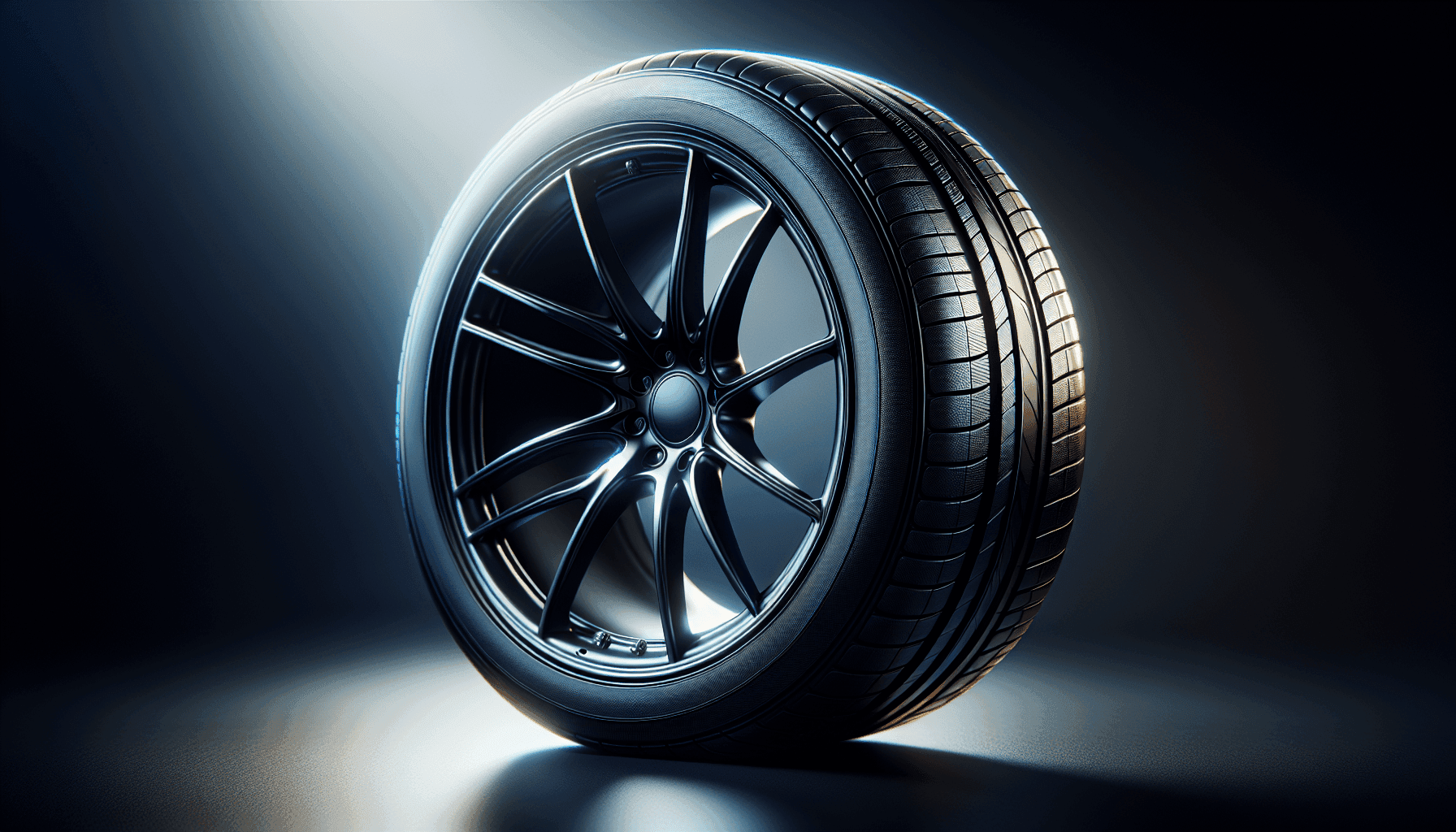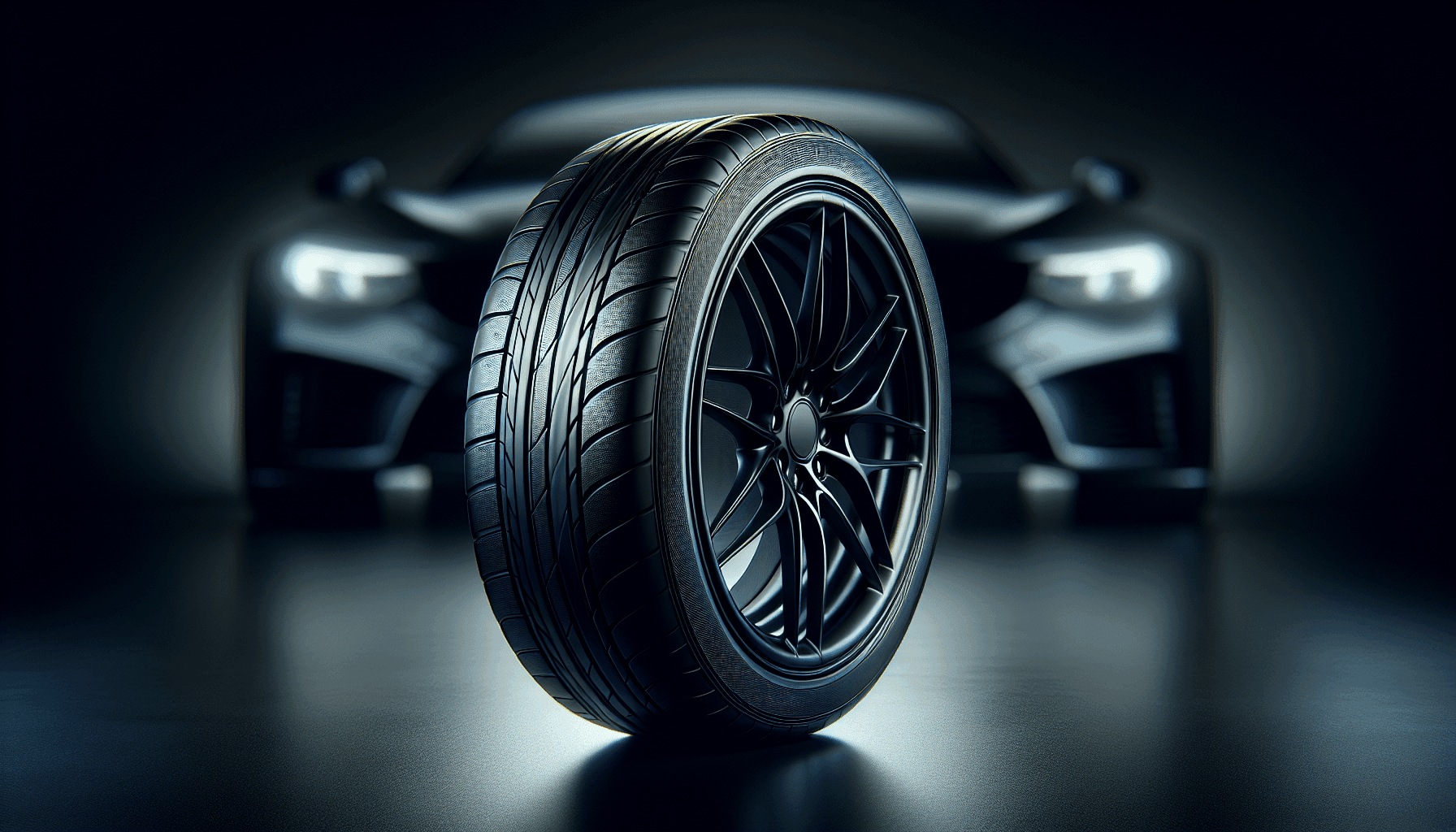Have you ever wondered whether the shiny finish of tyre gel might be doing more harm than good to your tyres? As you revel in that pristine look, it begs the question: Is tyre gel safe for all types of tyres? Knowing that you’re always looking to add a touch of brilliance to your vehicle, understanding the ins and outs of tyre gel is crucial in making informed decisions.
What is Tyre Gel?
Tyre gel is specifically designed to give your tyres that coveted glossy appearance while providing a protective layer against the elements. But what exactly does tyre gel do? Essentially, tyre gel is a conditioning treatment for tyre surfaces, aiming to restore and maintain their sleek look. It often contains elements that enhance the visual appeal of tyres and offer some protection against UV rays, dirt, and grime.
How Does Tyre Gel Work?
The magic of tyre gel lies in its formula, which usually includes silicone-based compounds. These silicons deposit a shiny, smooth layer over the tyre surface. Once applied, the gel forms a barrier that aids in repelling dust, dirt, and water, helping to maintain the cleanliness of your tyres in a variety of conditions.
Types of Tyre Gels
Not all tyre gels are created equal. When perusing shelves filled with car care products, you’re likely to encounter various formulations:
- Water-based Tyre Gels: Generally considered more environmentally friendly and safer for all tyre types, these gels offer a less aggressive shine but ensure compatibility with all rubber compositions.
- Solvent-based Tyre Gels: Known for a more intense shine, they are commonly used for show cars. However, overuse can potentially harm some tyre materials over time due to aggressive chemical components.
Choosing the right type of tyre gel might depend on your specific needs and the material of your tyres.
Are All Tyres Compatible with Tyre Gel?
Before you decide to glaze your tyres with that alluring gloss, it’s prudent to ensure compatibility with the tyres you own. Various tyre materials, formulations, and treatments mean that not every tyre will react the same way to the application of tyre gel.
Types of Tyres
Getting familiar with what lies under your car is a great starting point. Here’s a quick overview of popular tyre types:
| Tyre Type | Characteristics | Compatibility with Tyre Gel |
|---|---|---|
| All-Season | Versatile for diverse weather conditions, common for standard vehicles | Generally Safe |
| Performance | Engineered for speed and agility, often used in sports cars | Consider Water-based |
| All-Terrain | Designed for off-road and challenging conditions, used in larger vehicles like SUVs | Caution with Solvent-based |
| Run Flat | Reinforced to withstand punctures and continue for limited distances | Safe with Measures |
Understanding the types of tyres on your vehicle will help you choose a product that’s safe and effective.
Factors Affecting Compatibility
Different factors make smart choices imperative when using tyre gel. Take into consideration:
- Material Composition: Some rubber compounds might not react well with certain tyre gels, especially solvent-based ones.
- Weather Conditions: Excessive heat or cold may alter the effectiveness of tyre gels, sometimes leading to inadequate protection or unnecessary build-up.
- Tyre Age and Wear: Older tyres might have more porous textures, impacting how gels adhere and work.
Assessing these factors can help in determining the right product for optimal results.

Benefits of Using Tyre Gel
While safety and compatibility are crucial discussions, it’s worth noting the potential benefits you gain by incorporating tyre gel into your car care routine.
Enhanced Aesthetic Appeal
Your car’s visual appeal is significantly impacted by how your tyres look. Tyre gel offers a high-gloss finish that gives your tyres a fresh, clean, and professional appearance. Whether you’re stepping out to a casual meetup or arriving at a formal event, that spotless shine could make all the difference.
Protective Qualities
The primary function of tyre gel is not only to beautify but also to protect. Formulated to shield tyres from UV degradation, tyre gel can help delay the ageing process, keeping the rubber from cracking and fading. This protective layer also facilitates easier cleaning as dirt finds it more challenging to stick.
Extend Tyre Life
By integrating tyre gel into your maintenance routine, you could potentially extend the life of your tyres. Protection from UV rays and harsh weather conditions mitigates wear and tear, perhaps prolonging tyre integrity.
Risks and Concerns
Despite the numerous benefits, indiscriminate use of tyre gel comes with considerations that shouldn’t be overlooked. Ensuring that you’re informed about potential risks can mean the difference between enhancing or harming your tyres.
Potential Damage Over Time
Even though silicone adds shine, excessive use, especially of solvent-based gels, might contribute to the degradation of certain tyre materials. When not used correctly, these products could cause the tyres to harden and even accelerate cracking.
Negative Effects on Traction
While it’s rare, some tyre gels can become slippery when contacting the surface of the tyre which interacts with the road. This can happen if excessively applied or poorly distributed over the tyre’s surface.
Environmental Concerns
Water-based products generally have a lesser environmental impact than solvent-based counterparts. Choosing environmentally considerate products can halve your responsibility on ecological impact while maintaining your car’s looks.

Tips for Safe Application
To reap the benefits while minimizing risks, a careful application is paramount. Whether you’re a beginner or a seasoned pro, these tips ensure safe and effective usage of tyre gel.
Clean Tyres Thoroughly
Before applying any product, clean your tyres thoroughly to eliminate any dirt, grime, and previous residues. Use a dedicated tyre cleaner and brush to work through embedded dirt. This prevents unwanted elements from interfering with the gel’s effectiveness.
Use the Right Amount
Too little gel might not provide the desired results, while too much could lead to uneven application and dripping. Follow the product instructions regarding the amount to use, and apply evenly across the sidewall of the tyre.
Allow Proper Drying Time
Once the gel is applied, be sure to allocate adequate drying time. Moving the vehicle too soon might lead to the gel being unevenly distributed. Always refer to manufacturer guidance for specific drying times.
Reapply When Necessary
Depending on driving conditions and weather influences, the initial shine could fade over time. Reapplication of the gel at suggested intervals will help maintain the desired look and protective qualities.
Avoid Contact with Tread
Focus on the sidewalls, as exposure to the tread could potentially impact traction. Ensuring that the product stays on the designated areas aids in maintaining road safety.
Conclusion
Whether you’re enhancing the aesthetics or extending the life of your tyres, understanding the risks and benefits of tyre gels is key to making an informed decision. The harmonious balance between elegance and function should always be the guiding principle in maintaining your vehicle. The thoughtful use of tyre gels can keep your car looking fantastic and its performance uncompromised, ensuring that every drive is as safe and visually appealing as possible.
Your journey with vehicle maintenance and styling can be straightforward with the right understanding and tools. With careful gauging of the type of tyres you own, and a mindful choice of products, you can hold onto that showroom shine without compromising the integrity of your beloved vehicle.
As the discussion of tyres continues to evolve with advances in automotive technology and product innovations, staying informed is your best ally in making choices that ensure both safety and style. You can check out specific products on our site in the Reviews section. Look at the links at the top of the page such as Product Reviews, Product Comparisons etc.
